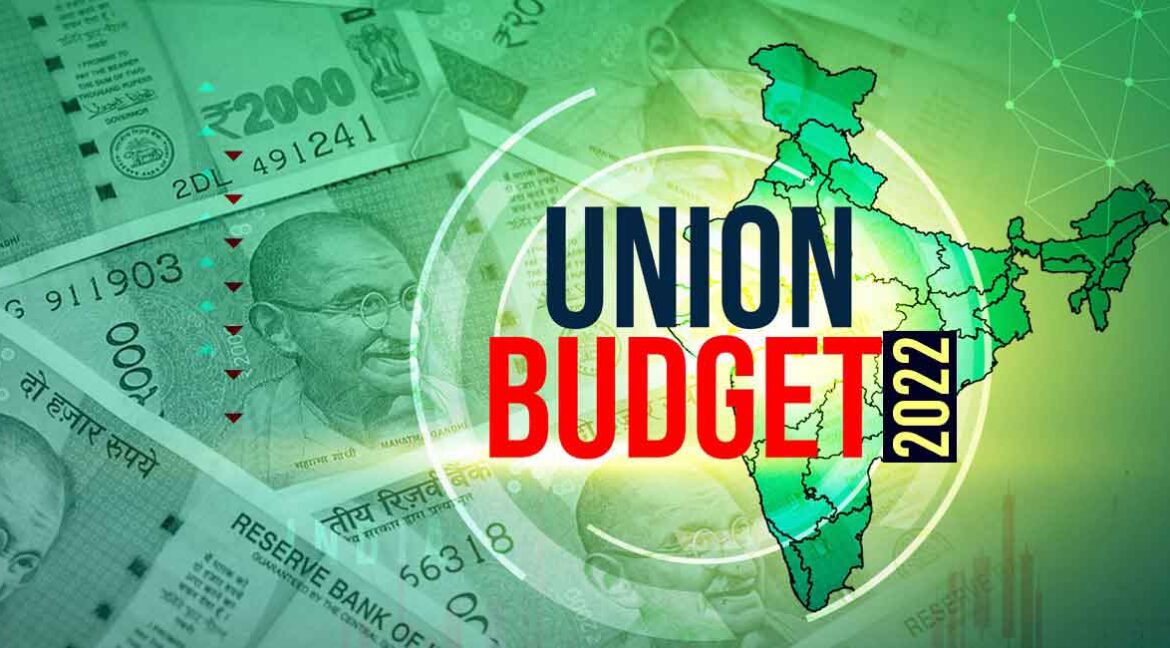How to read the Union Budget 2022: A beginner’s guide
Every year, the union budget invites a significant amount of noise, right from the speculations to very specific sectoral asks. Every year, it is a tightrope walk between limited resources and the ever increasing need for expenditure.
The ground reality is that the Budget isn’t a festival of bumper-dhamaka offers. It is more like an annual conference, where the CFO gives an account of the finances. Transparency and credibility are key.
Therefore, even a non-event budget is a good budget.
For those of us who find the budget clamour too disorienting, here are the four simple things to look out for.
Are the revenue sources credible?
Government’s budget has three parts on the revenue side–a) tax revenue b) non-tax revenue such as dividends and interests and c) disinvestment.
To understand if the tax-revenue estimates are plausible, you need to read it against the nominal GDP numbers.
Nominal GDP growth could be around 14% in FY23. From this you approximate the nominal GDP for the fiscal and from that you can calculate what would be the tax revenue–usually around 10-11% of the nominal GDP, since India’s tax-to-GDP ratio roughly is in that range. Mostly income taxes, corporate taxes and GST grow at similar rates, unless the government expects GST to be much higher. It could expect higher GST collections, if it is considering raising tax rates or expects a significant jump in compliance. It could also expect lower GST collections, if it is exempting certain categories from this tax.
Similarly, the government’s projections of the excise-duty collections can tell you about its expectations about global oil prices and the taxes it wishes to charge. For example, projections could be higher if it is expecting the global oil prices to go up or if it means to raise taxes. Technically, its projections of excise-duty collections could also be higher. Also if it is expecting a higher oil demand. But this is unlikely given oil demand is inelastic.
Gross Tax Revenue
There are transfers made to the states to be considered. To arrive at the cent’s net tax revenue. Ideally, the centre should stick to its commitments on revenue sharing. In this, budgeted state transfers were Rs 6.7 tn, which leaves center’s net tax revenue at Rs 15.5 tn.
Overall, when revenue sources appear credible, it will instill trust in the economy and drive investments.
Source : moneycontrol.com





